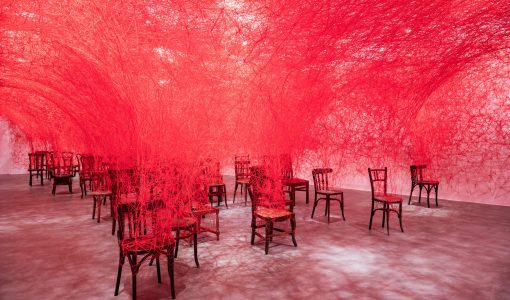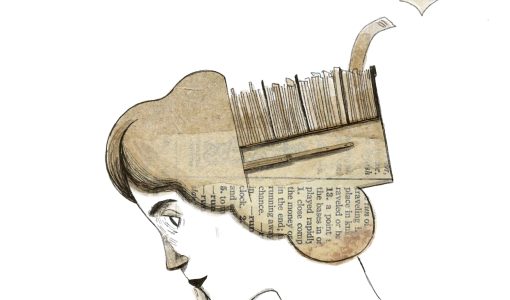
Antoni Tàpies. Objects
Home
›
Exhibitions
›
Antoni Tàpies. Objects
In the late 1960s, coinciding with an increase in his political commitment, Antoni Tàpies emphasized work with objects. This interest, however, was not new. Tàpies had already entered the world of objects from the beginning of matter paintings.
In the late 1960s Antoni Tàpies increasingly began working with objects. This interest, however, was not new. Tàpies had already entered the world of objects with his first matter paintings, even earlier if you consider works such as Capsa de cordills (Box of Strings) and Fils i argolla (Threads and Ring), both from 1946. In 1956 he made the work Porta metàl·lica i violí (Metal Shutter and Violin) for the window of the Gales clothing store at Passeig de Gràcia in Barcelona. This intervention was one of the five nativity scenes organised by Alexandre Cirici. Aiming to be provocative, Tàpies transferred to the interior of a bourgeois store a shrill and ugly object, usually to be found on the outside of shops, and set it in counterpoint to a violin: the new art in opposition to the traditional and classic, the poetry of the street in opposition to the cultural institution.
Tàpies’ production with objects forms an important part of his mature work. As with the matter paintings, Tàpies intended to link his work to the real, concrete, and material through the objects. As a result, those that attracted his attention formed part of his everyday life, such as a pile of dishes or newspapers, brooms, chairs and folded napkins. Tàpies would incorporate them on the surface of the painting, make assemblages or represent them on a two-dimensional surface. Some of these works refer to specific episodes, such as Pila de plats (Pile of Plates, 1970) and Escombra (Broom, 1965), which refer to the events of the Caputxinada (1966); others reveal the fertile exchange of ideas with the visual poet Joan Brossa, as is the case of Ouera i diari (Eggcup and Newspaper) and Mirall i confeti (Mirror and Confetti), both from 1970. In any case, they were objects with which the artist iden- tified: banal objects, used, of very little value, without any narrative or anecdotal connotations.
Tàpies did not want, as the Surrealists had claimed decades earlier, to create hidden connections between the conscious and the unconscious, but to present anodyne yet authentic objects. This work coincides with an increase in his political commitment. Instead of taking an open political stand, impracticable under the dictatorship, Tàpies moves toward the intimate. The exhibition includes notes handwritten by Brossa and addressed to his companion Pepa Llopis, which belong to the domestic sphere and are here scattered among Tàpies’ objects.
Dates
31.10.2017 – 14.01.2018
Curators
Carles Guerra and Núria Homs.














